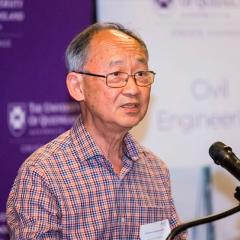One of the byproducts of landfill is “landfill gas”, a mixture of mostly methane and carbon dioxide generated by decomposing organic material.
Methane is a particularly potent greenhouse gas, but it can be captured from landfill and used to generate clean electricity.
Methane capture is a valuable source of power but, more importantly, it can significantly reduce Australia’s methane emissions.
However the opportunity to produce energy from waste is largely being squandered, as up to 80% of the potential methane in waste is not used.
If more councils were prepared to invest in better facilities, Australians would benefit from less waste in landfill and more energy in our grids.
Even the by-product from using state-of-art processing methods can be used as a bio-fertiliser.
And while these facilities are initially more expensive, Australians are generally very willing to recycle, compost and take advantage of community schemes to reduce waste.
It’s reasonable to assume that a considerable percentage of our population would support updating landfill plants to reduce methane emissions.
Recycling in Australia
Australia may have a bad rap when it comes to waste recycling, but there are plenty of positives.
Australians produce approximately 600 kilograms of domestic waste per person, per year – no more than most northern European countries, which set the benchmark in sustainable waste management.
Looking at kerbside bins we, on average, recycle 30-35% of that waste, saving much of our paper, glass, aluminium and steel from landfill (which also saves and reduces emissions).
Although the household recycling rate in Australia is less than the best-performing EU recycling rates of 40-45%, this is primarily due to a lack of access to (or awareness of) schemes to recycle e-waste and metals.
Data therefore suggests that at the community level, there is a willingness to minimise and recycle waste.



